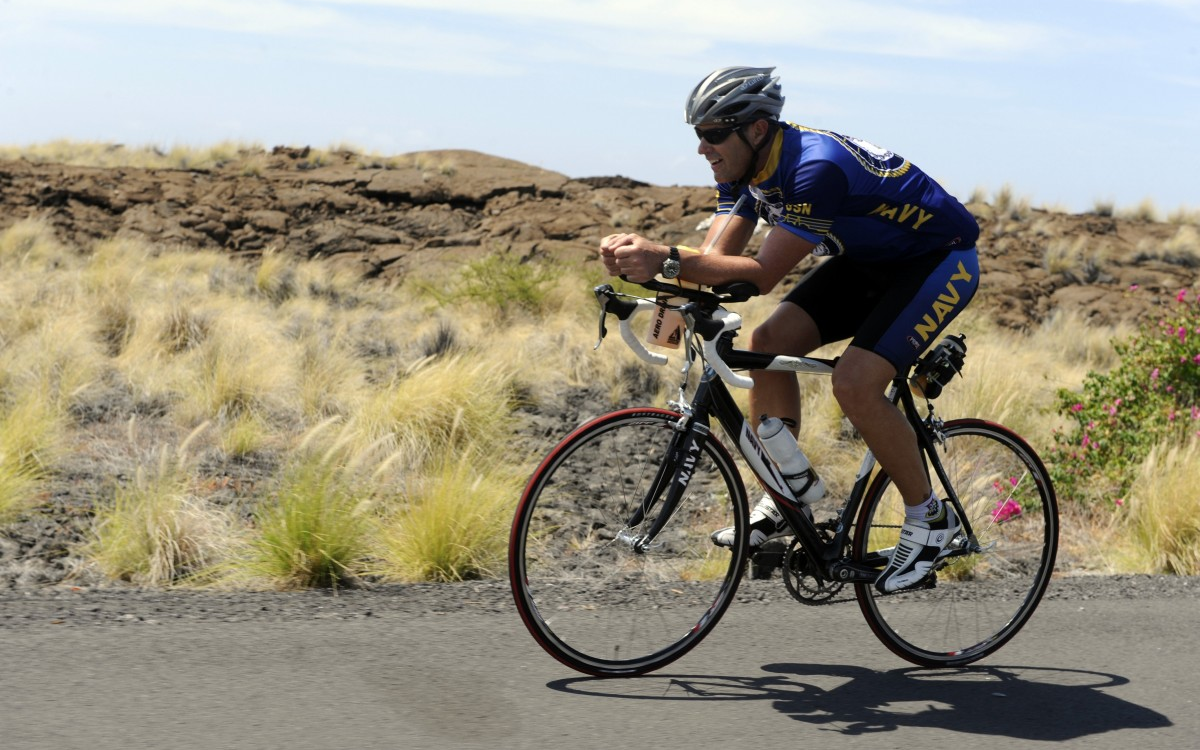Cycling is more than just a mode of transportation; it’s a journey toward a healthier life and a testament to personal endurance. Many cyclists set a goal of tackling a 10-mile bike ride, striking a balance between a challenging distance and an achievable milestone for riders of various skill levels.
But how long does it take to bike 10 miles? Understanding this can be essential for setting realistic goals and tracking progress. This distance is a benchmark for fitness, speed, and stamina, making it a significant achievement in cycling.
Whether you’re a seasoned pro or a weekend warrior, understanding how long does it take to bike 10 miles can help you set realistic goals and measure your progress on the path to peak physical condition.
How Long Does It Take to Bike 10 Miles?
To find out how long does it take to cycle 10 miles, there are 5 factors that influence biking time which are:
Physical Fitness
Your physical fitness is a crucial determinant of your biking speed. Cyclists with robust cardiovascular conditioning and muscular strength can sustain higher speeds and endure longer distances with less effort. This translates into quicker completion times for set distances like 10 miles.

Conversely, those new to cycling or with lower fitness levels may take longer, as their bodies have yet to adapt to the demands of sustained pedaling. Regular training can enhance one’s fitness, improving biking times as the body becomes more efficient at utilizing oxygen and energy during the ride.
Bike Type
The type of bike you choose has a significant impact on your cycling speed. Road bikes are engineered for velocity and agility on paved surfaces, with their slender tires and aerodynamic design enabling riders to achieve more incredible speeds.

With their sturdy frames and wide tires, mountain bikes are optimized for off-road conditions and may slow you down on asphalt. Hybrid bikes strike a balance and are suitable for a variety of terrains. Selecting the appropriate bike for your route can significantly influence your biking time.
Terrain
The terrain you traverse significantly affects how long it takes to bike 10 miles. Flat, smooth surfaces allow uninterrupted speed and are conducive to faster biking times. In contrast, hilly landscapes require more ascending power and can significantly slow you down.

Factors like road quality and weather conditions can also affect traction and stability, influencing your overall speed. Adapting your riding technique to the terrain can help maintain a steady pace and optimize biking time.
Weather Conditions
Weather conditions profoundly influence biking times. Wind resistance, for instance, can impede or propel a cyclist, depending on its direction. A headwind forces riders to exert more power, thus reducing speed and increasing travel time.

Conversely, a tailwind can assist riders, allowing for quicker journeys. Precipitation, like rain, introduces additional challenges. Wet surfaces increase rolling resistance and can lead to hazardous conditions, necessitating slower speeds to ensure safety.
Moreover, visibility is often compromised in such weather, requiring extra caution. Adapting to these conditions with appropriate gear and riding techniques is essential for maintaining efficient biking times.
Rider Experience
A rider’s experience significantly affects biking times. Knowledgeable cyclists can navigate routes more efficiently, understanding the nuances of when to conserve energy and accelerate. Familiarity with a particular path allows for better anticipation of its features, such as turns and elevation changes, leading to smoother and faster rides.
Experienced riders also adeptly manage their pacing and energy, crucial for maintaining optimal speeds over varying distances. Thus, a rider’s experience can be a decisive factor in achieving faster biking times.
Average Speed Calculation
Calculating the average speed of a bicycle is a straightforward process that involves dividing the total distance traveled by the total time taken. For casual riders, the average speed typically ranges between 10-14 mph (miles per hour), while more experienced cyclists may average between 15-20 mph.

Competitive cyclists can often maintain speeds exceeding 20 mph. To estimate the time it would take to cover a certain distance, one can use the formula: Time = Distance / Speed. For instance, if a rider averages 15 mph, it would take approximately 40 minutes to complete 10 miles.
Terrain, weather, and the cyclist’s fitness level can significantly affect these calculations. A rider may take longer to cover 10 miles on a hilly route than a flat one or in adverse weather conditions.
Similarly, a novice rider may take an hour to complete the distance that an experienced cyclist can cover in half the time. By understanding these variables, cyclists can better estimate travel times and set realistic ride goals. This knowledge also benefits those looking to improve their cycling performance by tracking their progress over time.
Tips for Completing a 10-Mile Bike Ride
Completing a 10-mile bike ride requires strategic pacing and proper nutrition. Start at a comfortable speed to conserve energy, gradually increasing intensity to maintain a steady pace. Avoid sudden sprints that can lead to early fatigue.

Consistent pedaling helps maintain momentum and efficiency. Hydration is vital; drink water regularly before feeling thirsty to prevent dehydration. For nutrition, consume a balanced meal with carbohydrates and protein at least an hour before the ride to fuel your muscles.
Consider energy gels or bars if needed during the ride, especially for maintaining glucose levels. Post-ride, replenish with a nutrient-rich meal to aid recovery. Remember, every cyclist’s body responds differently, so tailor these strategies to fit your endurance and fitness level for a successful and enjoyable ride.
Health Benefits of Biking 10 Miles a Day
Cycling 10 miles daily can significantly enhance cardiovascular fitness. It boosts heart rate, promoting improved blood flow and oxygen distribution throughout the body. This activity strengthens heart muscles, reduces resting pulse, and lowers blood fat levels.
Regular biking also aids in weight management by increasing metabolic rate, building muscle, and burning body fat. It’s an effective way to control or prevent significant weight gain.

Moreover, cycling fortifies bones, improves joint mobility, and enhances posture and coordination, potentially mitigating the risk of fractures. Mental health benefits include reduced anxiety, depression, and stress levels, attributed to the exercise-induced release of endorphins.
Additionally, cycling can improve one’s well-being, foster relaxation, and provide a sense of freedom and adventure. For those with a sedentary lifestyle, incorporating cycling into their routine can be a gentle start to a more active lifestyle.
Furthermore, it’s environmentally friendly, reducing pollution and traffic congestion. Biking 10 miles a day is a holistic exercise that benefits physical and mental health while also contributing positively to the environment.
Conclusion
To bike 10 miles, the time taken can vary widely based on several factors. On average, a cyclist can complete this distance in about 30 to 60 minutes. This timeframe is influenced by the rider’s speed, the terrain, and weather conditions.
Cyclists need to consider these elements as they plan their routes and set personal goals, whether cycling for fitness, leisure, or commuting. Understanding these variables will enhance their biking experience and help them achieve their cycling objectives efficiently.
Hope you’ve learned how long does it take to bike 10 miles. Embrace the journey, and enjoy every mile of your ride.
FAQs
Biking 10 miles typically burns 400 to 800 calories, depending on weight and intensity.
Biking 10 miles in 20 minutes requires an average speed of 30 mph, which is achievable by elite cyclists.
Consistent daily biking of 10 miles can contribute to weight loss with a balanced diet.
Biking 10 miles varies; beginners may find it challenging, while experienced riders may find it moderate.



